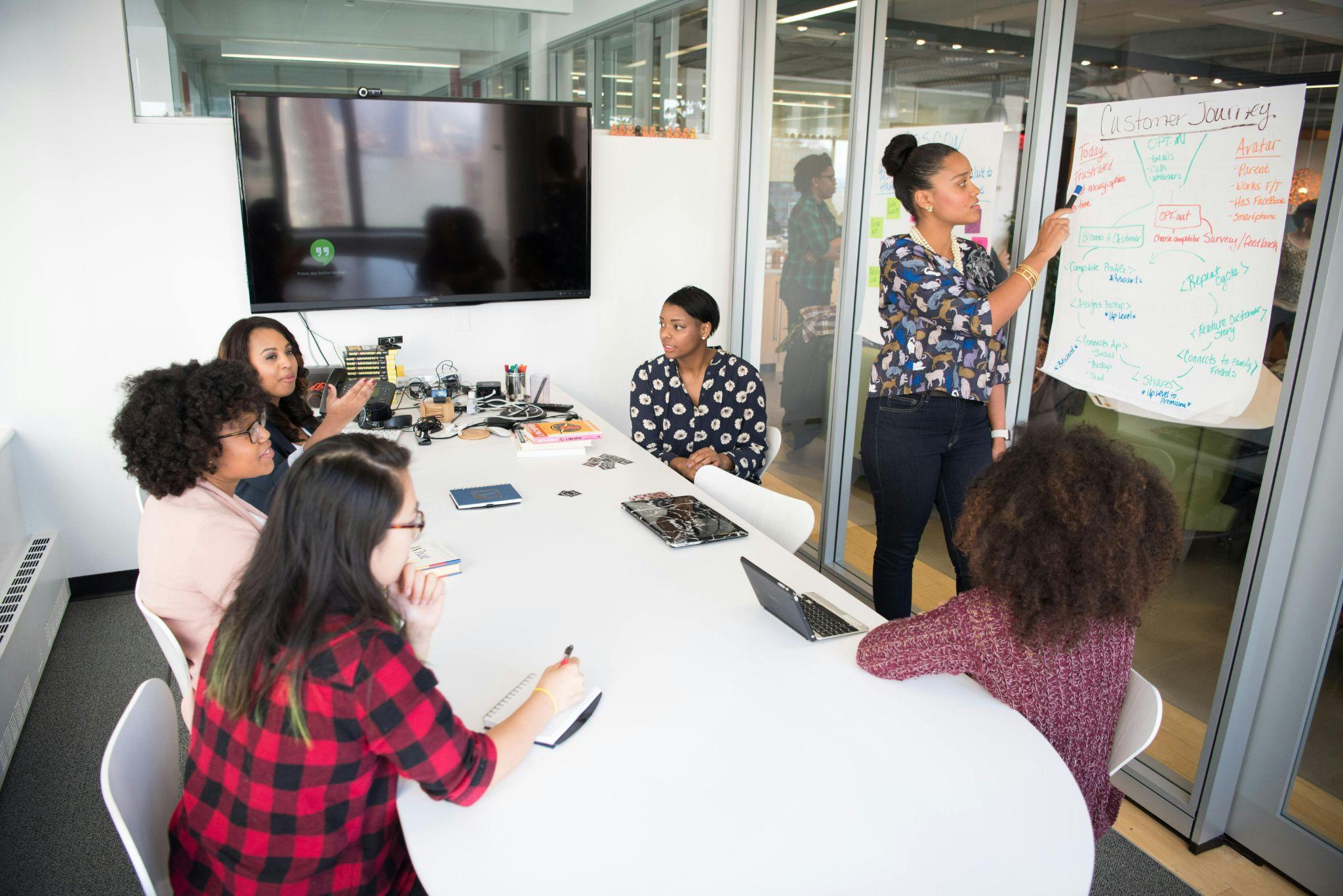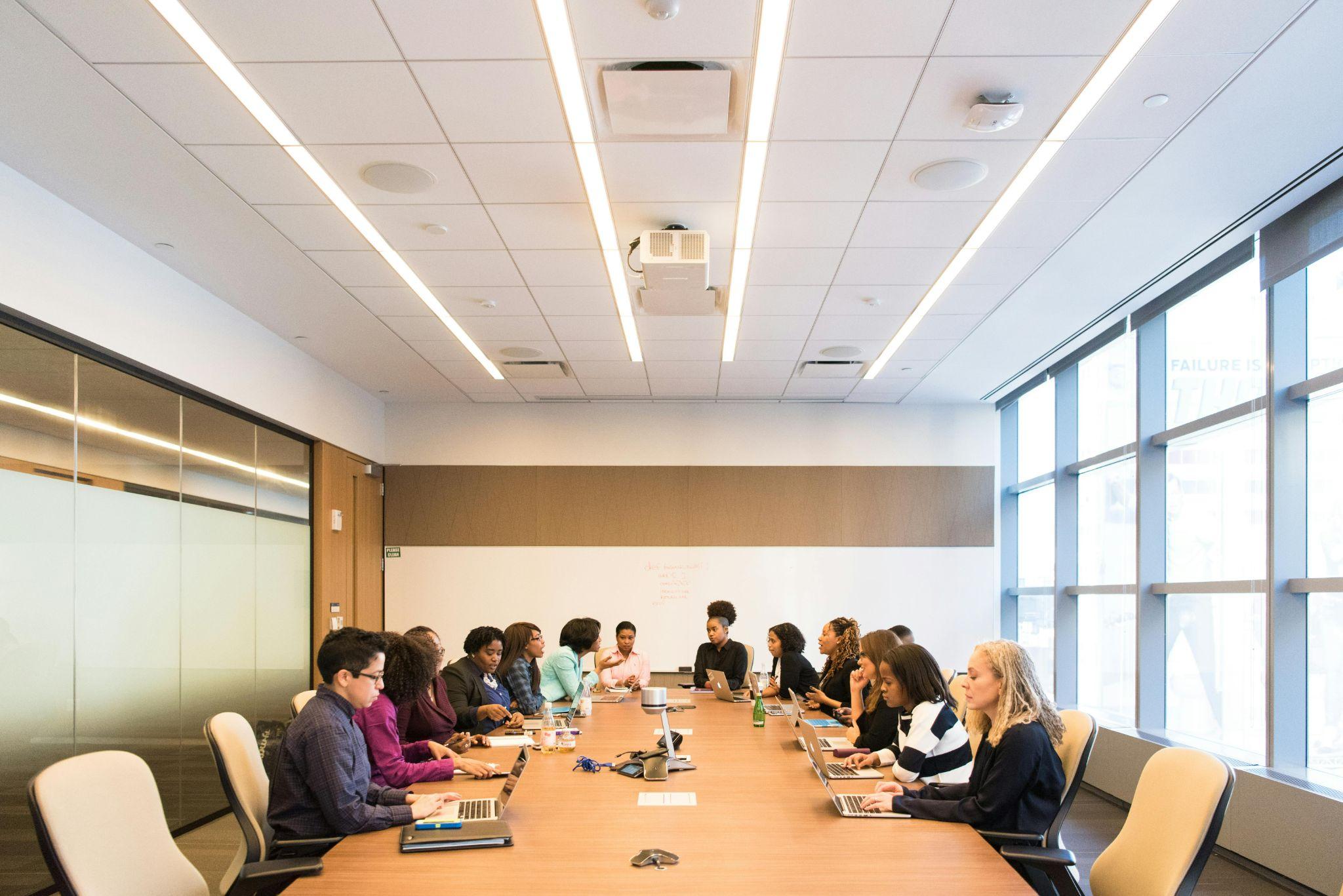Creating a Culture that Fosters Continuous Improvement and Growth

In today’s rapidly evolving business landscape, creating a culture that fosters continuous improvement and growth has become a critical differentiator between organizations that thrive and those that stagnate. Companies that embrace continuous improvement experience higher employee engagement, stronger competitive positioning, and sustained profitability. According to research from the American Society for Quality, organizations with robust improvement cultures see up to 25% higher productivity rates. This article provides a comprehensive roadmap for leaders committed to building environments where innovation, learning, and incremental progress become embedded in daily operations.
Defining a Continuous Improvement Culture
Understanding what continuous improvement truly means is essential before implementing any cultural transformation. A clear definition ensures alignment across all organizational levels and prevents superficial initiatives that fail to generate lasting change.
What Continuous Improvement Really Means in Modern Organizations
Continuous improvement extends far beyond periodic audits or suggestion boxes. It represents a systematic, ongoing approach where teams regularly evaluate processes, identify inefficiencies, and implement incremental enhancements. This philosophy emphasizes adaptability over rigidity, learning from both successes and failures, and viewing every challenge as an opportunity for refinement.
Key characteristics include:
- Iterative progress through small, manageable changes rather than disruptive overhauls
- Employee empowerment to identify problems and propose solutions at all levels
- Data-driven decision making that replaces assumptions with measurable insights
- Systematic reflection on processes, outcomes, and team dynamics
- Collaborative problem-solving that leverages diverse perspectives
- Learning orientation where mistakes become educational opportunities
Core Principles That Drive Sustainable Growth
Several foundational principles distinguish organizations with genuine improvement cultures from those merely paying lip service to the concept.
| Principle | Impact on Employees | Impact on Performance |
|---|---|---|
| Transparency | Builds trust, reduces uncertainty, increases psychological safety | Enables faster problem identification and resolution |
| Empowerment | Enhances ownership, boosts morale, develops leadership skills | Accelerates decision-making, improves responsiveness |
| Accountability | Creates clarity around expectations and responsibilities | Drives consistent execution and quality standards |
| Innovation | Encourages creativity, reduces monotony, increases engagement | Generates competitive advantages and new revenue streams |
| Learning | Develops skills, builds confidence, creates career pathways | Improves adaptability and organizational resilience |
Barriers That Prevent Growth Culture from Emerging
Even well-intentioned organizations encounter obstacles when attempting cultural transformation. Recognizing these barriers early allows leaders to address them proactively.
Warning signs include:
- Micromanagement that stifles autonomy and signals distrust
- Punitive responses to honest mistakes or failed experiments
- Siloed departments that hoard information and resist collaboration
- Excessive bureaucracy requiring multiple approvals for minor decisions
- Short-term thinking that sacrifices long-term improvement for immediate results
- Lip service to values without corresponding behavioral changes from leadership
Leadership’s Role in Shaping a Growth-Focused Culture
Leadership behavior sets the tone for organizational culture more powerfully than mission statements or values posters ever could. Leaders who model continuous improvement create permission structures that enable teams to embrace growth mindsets.
Modeling Continuous Improvement at the Top
Executive behaviors signal what truly matters within an organization. When leaders demonstrate curiosity, acknowledge their own learning gaps, and openly discuss failures, they normalize these behaviors throughout the company.
Leadership habits that reinforce improvement culture:
- Sharing personal learning experiences and development goals during team meetings
- Soliciting feedback from direct reports and acting on constructive criticism
- Publicly acknowledging when initial decisions proved suboptimal
- Dedicating time to skill development alongside operational responsibilities
- Celebrating team members who identify problems early rather than hiding issues
Empowering Teams Through Trust, Autonomy, and Support
Empowerment requires more than delegation—it demands creating conditions where teams can succeed independently. Leaders must balance providing guidance with granting decision-making authority.
Effective empowerment strategies:
- Define clear outcomes rather than prescribing specific methods
- Remove organizational blockers that impede team progress
- Provide resources and training necessary for autonomous decision-making
- Establish decision-making frameworks that clarify when approval is needed
- Create safety nets that allow calculated risk-taking without catastrophic consequences
- Recognize initiative even when outcomes don’t meet expectations
Encouraging Innovation and Safe Experimentation
Innovation flourishes in environments where psychological safety allows teams to test hypotheses without fear of punishment. According to research from Harvard Business Review, teams with high psychological safety demonstrate significantly greater innovation rates.
Ways to normalize trial-and-error:
- Implementing “experiment budgets” for testing new approaches
- Conducting blameless post-mortems that focus on systemic improvements
- Celebrating intelligent failures that generated valuable insights
- Creating dedicated time for exploratory projects separate from operational work
Communication and Transparency as Cultural Foundations

Open communication builds the trust and alignment necessary for coordinated improvement efforts. Without transparency, teams operate on incomplete information, leading to duplicated efforts and missed opportunities.
Establishing Open Communication Channels
Multiple communication pathways ensure information flows freely across hierarchical levels and functional boundaries.
Recommended channels include:
- Monthly town halls where leadership shares strategic updates and answers questions
- Digital platforms like Slack or Teams for real-time collaboration
- Regular one-on-ones for personalized coaching and feedback
- Cross-functional standups promoting visibility into parallel workstreams
- Anonymous suggestion systems encouraging candid feedback without fear of reprisal
- Department showcases where teams present learnings and innovations
Setting Clear Expectations and Feedback Systems
Clarity around performance standards and organizational goals prevents confusion and misaligned efforts. Robust feedback systems ensure employees understand how their contributions connect to broader objectives.
| Feedback System | Frequency | Best For | Limitations |
|---|---|---|---|
| Real-time feedback | Ongoing | Immediate course correction, skill development | Requires strong relationships, can feel overwhelming |
| Weekly check-ins | Weekly | Maintaining alignment, addressing obstacles | Time-intensive for large teams |
| Quarterly reviews | Quarterly | Strategic goal setting, comprehensive assessment | Delays recognition and correction |
| 360-degree feedback | Semi-annually | Leadership development, cultural insights | Complex administration, potential for bias |
Training, Learning, and Development for Continuous Growth
Sustained improvement depends on continuously expanding organizational capabilities. Investing in employee development generates returns through enhanced performance, improved retention, and increased innovation capacity.
Creating Personalized Learning Paths
Generic training programs rarely address individual development needs effectively. Personalized learning paths align skill development with both organizational requirements and personal career aspirations.
Core components of effective learning plans:
- Skills gap analysis identifying current capabilities versus role requirements
- Career aspiration discussions connecting development to long-term goals
- Learning format variety accommodating different learning preferences
- Measurable milestones tracking progress and maintaining momentum
- Regular review cycles adjusting plans based on evolving needs
- Manager involvement ensuring development receives priority attention
Encouraging Cross-Functional Collaboration
Breaking down silos accelerates problem-solving and sparks innovation by combining diverse perspectives and expertise.
Collaboration opportunities:
- Job rotation programs exposing employees to different functional areas
- Cross-departmental project teams addressing organization-wide challenges
- Lunch-and-learn sessions where teams share specialized knowledge
- Shadowing initiatives building empathy and understanding across roles
Providing Access to Learning Resources
Democratizing learning access signals organizational commitment to employee growth while building capabilities needed for continuous improvement.
| Resource Type | Examples | Ideal Use Cases |
|---|---|---|
| Online courses | LinkedIn Learning, Coursera, Udemy | Self-paced skill development, technical competencies |
| Mentorship programs | Formal pairing, reverse mentoring | Leadership development, cultural integration |
| Workshops | Facilitated sessions, design thinking labs | Collaborative skill-building, innovation techniques |
| Certifications | Professional credentials, technical qualifications | Specialized expertise, industry recognition |
| Conferences | Industry events, professional associations | Networking, trend awareness, external perspectives |
Building Systems and Processes That Support Improvement
Organizational infrastructure either accelerates or constrains improvement efforts. Well-designed systems embed improvement practices into daily workflows rather than treating them as separate initiatives.
Implementing Continuous Improvement Frameworks
Structured methodologies provide common language and disciplined approaches for improvement work.
| Framework | Core Strength | Best Use Cases | Complexity |
|---|---|---|---|
| Kaizen | Incremental daily improvements | Manufacturing, operational efficiency | Low |
| Lean | Waste elimination, value stream focus | Process optimization, cost reduction | Medium |
| PDCA (Plan-Do-Check-Act) | Systematic problem-solving cycle | Quality improvement, experimentation | Low |
| Agile | Adaptive planning, iterative delivery | Software development, product innovation | Medium-High |
Encouraging Data-Driven Decision Making
Metrics and analytics replace opinions with evidence, enabling teams to identify improvement opportunities objectively and track progress accurately.
Key KPIs relevant to growth culture:
- Employee engagement scores and trend analysis
- Process cycle times and efficiency ratios
- Innovation metrics (ideas submitted, experiments conducted, improvements implemented)
- Customer satisfaction and net promoter scores
- Employee turnover and retention rates
- Learning hours per employee and skill acquisition rates
Creating an Environment for Shared Ownership
Collective accountability ensures improvement remains everyone’s responsibility rather than isolated to specific roles or departments.
Practical steps for shared ownership:
- Establishing team-level goals aligned with organizational objectives
- Implementing transparent dashboards displaying real-time performance metrics
- Creating cross-functional improvement teams with diverse representation
- Distributing improvement project leadership across organizational levels
Motivating and Rewarding Improvement Efforts

Incentive structures shape behaviors powerfully. Organizations must ensure recognition systems reinforce desired improvement behaviors rather than inadvertently rewarding counterproductive actions.
Recognition Programs That Reinforce Growth
Effective recognition celebrates both outcomes and behaviors that drive continuous improvement.
Reward ideas include:
- Peer recognition programs where colleagues nominate improvement contributors
- Innovation showcases highlighting creative problem-solving approaches
- Milestone celebrations marking significant improvement achievements
- Professional development opportunities as rewards for exemplary contributions
- Leadership visibility through executive mentions in communications
Aligning Incentives With Desired Behaviors
Poorly designed incentives can undermine improvement culture by creating competition, discouraging knowledge sharing, or prioritizing individual achievement over collective success.
| Effective Incentive | Ineffective Incentive |
|---|---|
| Team-based bonuses for collaborative improvements | Individual bonuses promoting internal competition |
| Recognition for identifying problems early | Punishment for surfacing issues |
| Rewards for knowledge sharing and mentoring | Incentives only for personal productivity |
| Celebration of intelligent failures | Only recognizing successful outcomes |
Measuring Cultural Progress and Adjusting Strategies
Cultural transformation requires ongoing monitoring and adaptation. Regular assessment ensures initiatives generate intended outcomes and allows course correction when strategies prove ineffective.
Key Metrics to Track Culture Health
Essential indicators of improvement culture strength:
- Employee satisfaction scores and engagement survey results
- Voluntary turnover rates particularly among high performers
- Innovation rate measured by improvements implemented per quarter
- Process improvement metrics showing efficiency gains
- Learning participation rates and skill development completion
- Psychological safety scores from team assessments
Gathering Employee Feedback and Insights
Multiple feedback mechanisms capture diverse perspectives and provide actionable insights for cultural refinement.
Questions to include in feedback surveys:
- Do you feel safe proposing new ideas or challenging existing processes?
- How often do you receive constructive feedback on your performance?
- Are you satisfied with available learning and development opportunities?
- Does leadership demonstrate commitment to continuous improvement?
- Do you have sufficient autonomy to make decisions in your role?
Iterating on Cultural Strategies
Successful cultural evolution requires systematic refinement based on feedback and results.
Improvement cycle steps:
- Collect quantitative and qualitative data on cultural initiatives
- Analyze patterns and identify gaps between intentions and outcomes
- Engage stakeholders in discussing findings and generating solutions
- Pilot adjusted approaches with volunteer teams before broad rollout
- Communicate changes transparently including rationale and expected impact
- Monitor results and repeat the cycle regularly
Real-World Examples of Successful Continuous Improvement Cultures
Practical examples illustrate how organizations successfully implement improvement cultures across different scales and contexts.
Example 1: A Small Team Building a Kaizen Mindset
A 15-person software development team implemented daily 15-minute improvement huddles where members shared one process challenge and one potential solution. Over six months, they implemented 47 small improvements that collectively reduced deployment time by 35%.
Key takeaways:
- Small, frequent changes accumulated into significant impact
- Daily ritual normalized improvement discussions
- Everyone contributed ideas regardless of seniority
Example 2: A Mid-Sized Company Leveraging Cross-Functional Learning
A 300-person manufacturing company launched quarterly “rotation weeks” where employees shadowed colleagues in different departments. This initiative dramatically improved cross-departmental understanding and collaboration.
Positive results:
- 40% reduction in inter-departmental conflicts
- 18 new process improvements identified from fresh perspectives
- Stronger internal networks supporting problem-solving
Example 3: A Large Enterprise Scaling Agile Culture
A 5,000-person financial services company transformed its technology organization by adopting Agile methodologies across 60 teams. They focused on leadership training, autonomous team structures, and customer-centric metrics.
Best practices included:
- Executive sponsorship with visible leadership participation in Agile ceremonies
- Gradual rollout with pilot teams demonstrating success before broader adoption
- Continuous coaching support during transition periods
- Celebration of both successes and learning from setbacks
Conclusion
Creating a culture that fosters continuous improvement and growth demands sustained leadership commitment, systematic approaches, and patience for gradual transformation. Organizations that successfully embed improvement into their DNA combine clear vision with practical systems—establishing psychological safety, implementing structured frameworks, investing in employee development, and consistently reinforcing desired behaviors through recognition and incentives. Cultural change unfolds over years rather than months, requiring persistent attention, regular assessment, and willingness to adjust strategies based on feedback. Leaders who embrace this long-term perspective while celebrating incremental progress build organizations capable of adapting, innovating, and thriving amid constant change.
